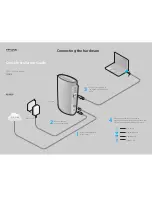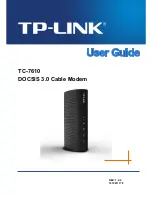
d15 Modem Integration and Application Developers Guide version draft 0.53 Page 175 of 181
10. Radio
Performance
Capabilities
Each radio technology demands certain sensitivity requirements. Wide area networks require the subscriber
device to be very sensitive, while local area networks operate with higher receiver-signal levels.
Highly sensitive radios are more susceptible to noise from the host platform. For example, assuming a 10 dB
co-channel rejection, a less sensitive receiver tolerates a higher level of noise.
FCC Part 15 Level Comparison
The FCC emissions limits for unintentional radiators are:
•
200
µ
V/M between 216 MHz and 960 MHz
•
500
µ
V/M above 960 MHz
These limits are for measurements conducted three meters away from the device.
As a reference, the theoretical noise level that the host device may emit without desensitizing the most
sensitive receiver is ~ 40 dB below the FCC limits.
NOTE
This calculation assumes the host device and the modem card antenna are isotropic sources.
11.
Determine Emission Level Goals
To determine the allowable emissions levels from the host device, consider the following:
•
The sensitivity of the wireless modem in use
•
The targeted network coverage requirements
The expected proximity of the wireless device to the host platform
Achieving zero desense is not a realistic goal with a cost-sensitive commercial product. The following are
one set of subjective levels based on industry experience:
•
Channels desensitized by less than 9 dB are acceptable.
•
Channels desensitized by more than 10 dB create a noticeable problem within the network.
•
Channels desensitized by more than 20 dB are unacceptable.
Each case is different, each air protocol reacts in a unique way, and each network reforms differently under
the same levels of unwanted ambient noise. Noise from the host above the desense threshold level does
degrade the ultimate potential performance.
Narrowband interferers have a low probability of creating customer problems. Wideband sources have a
higher probability of occurring at a channel frequency and thus have a greater potential for trouble. For this
document, any emission that occupies less than 50 kHz of the frequency spectrum is considered
narrowband.







































